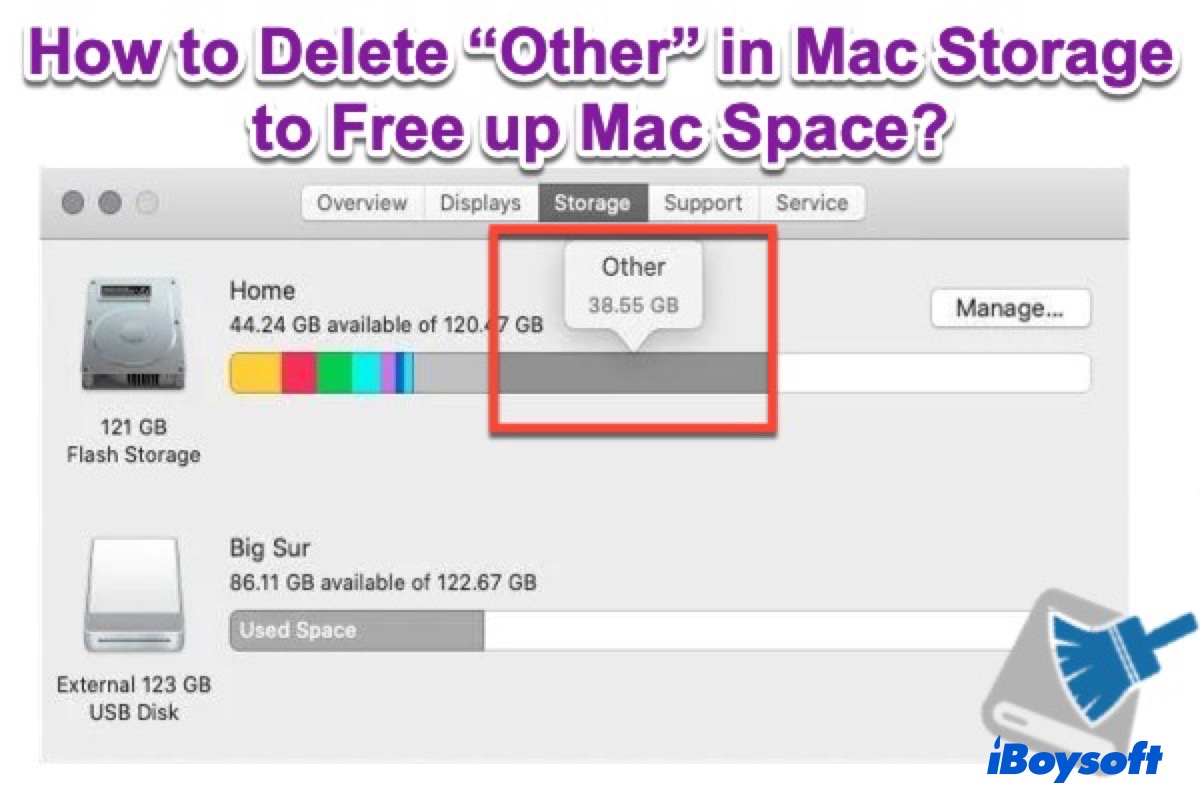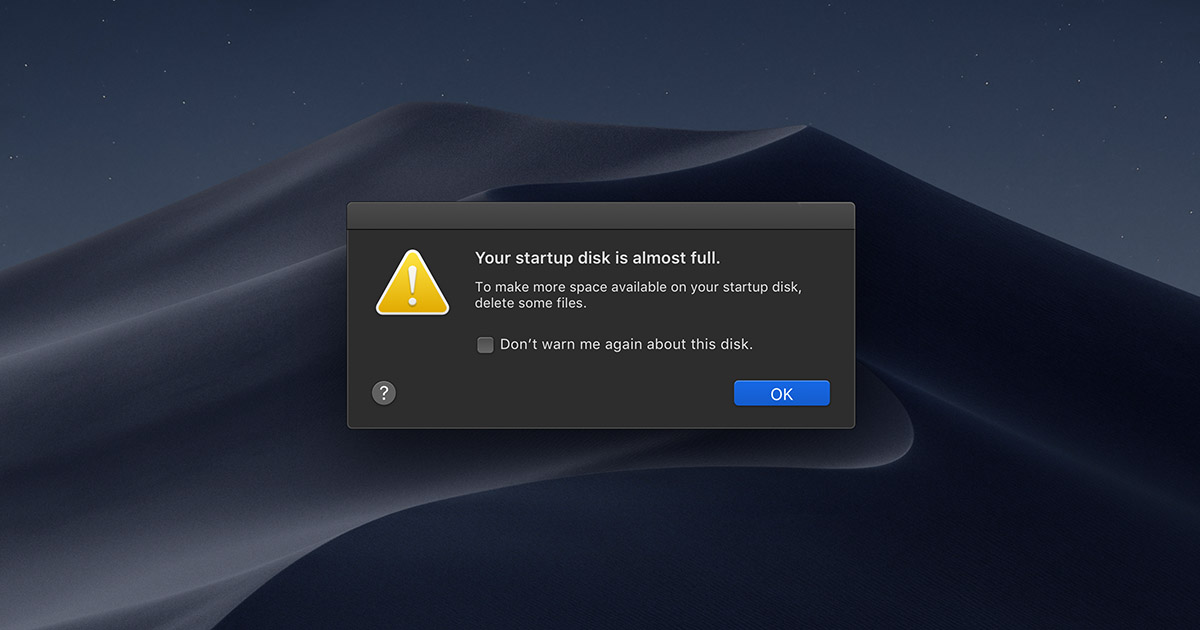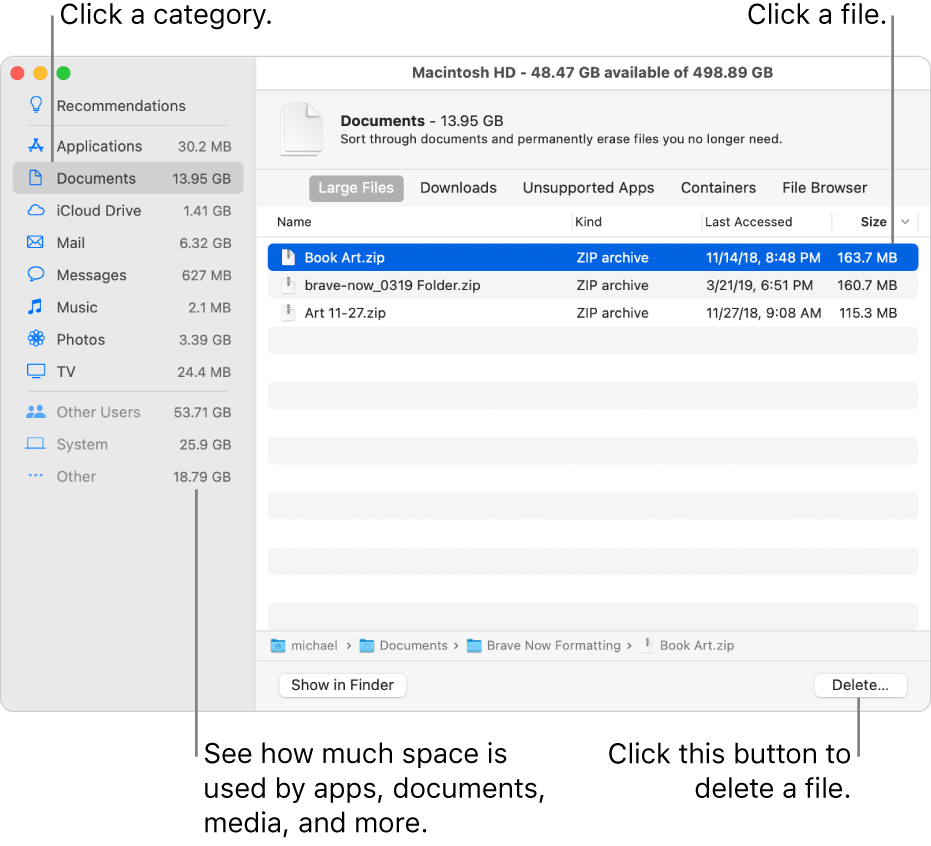
- #DELETING SPACE ON MAC FOR OS SIERRA ISO#
- #DELETING SPACE ON MAC FOR OS SIERRA ZIP#
- #DELETING SPACE ON MAC FOR OS SIERRA FREE#
If we can't obviously decrease the system storage, what about the Other storage? Can we delete 'Other' to Clear up Mac Storage? And macOS Catalina even set a separate and read-only volume, Macintosh HD, to isolate those important data.
#DELETING SPACE ON MAC FOR OS SIERRA FREE#
Now that reducing the system storage on Mac to free up sapce is almost impossible since resources saved there are necessary for booting and running the Mac. Out-of-date backups and any other files that we don't need on the Mac anymore.Plugins, extensions, accessories, fonts, installer packages of built-in and third-party apps.
#DELETING SPACE ON MAC FOR OS SIERRA ISO#
#DELETING SPACE ON MAC FOR OS SIERRA ZIP#
But to be specific, what kind of file types and formats will be classified into Other? Rumors say that they are files like doc, pdf, psd, dmg, and zip that can't be directly recognized by the system. Now we have known why this Other storage exists on our hard drive and takes space. Files that taking up 'Other' storage on Mac Especially if the information of the data is not recorded and doesn't belong to common recognized categories, the other storage will be very high on Mac.


That's to say, 'Other' are files that macOS can't categorize to any known forms, and Spotlight can't access or recognize those files from the resource we mentioned above.īesides, external hard drives will have the Other storage as well. It's not the familiar types like Apps, Music, Mail, Backups, and Video. Usually, Other storage on your Macintosh HD is displayed as a greyed column among the whole storage bar. For example, we see two volumes and each of them has 40 GB free space within the same container, then actually, there are 40GB available space, not 80 GB. If it's an APFS Mac hard drive that has two or more volumes in the same container, the storage space between them is shared. One or more partitions and volumes might be detected under Storage, and Macintosh (or macOS) volume is where the system is located. Step 4: Wait for a second and then system will return the results of whole storage space, used space, and free space. Step 3: Select Storage tab from the pop-up window. Step 2: Choose About this Mac from the context menu. Step 1: Click the Apple logo at the top left corner of our Mac. It smooths the process of managing and clearing up space for our hard drive if the system is macOS Sierra, High Sierra, Mojave, Catalina, and Big Sur.


Though we can spotlight search Disk Utility to check the storage capacity of a disk, the following way is more convenient. That's a resource that we can use Spotlight to search for, use Finder to access, and use Manage to organize those files and disk space. The name, types, size, and path of our files are recorded in a specific place once they are created. In the form of a single bar graph, it is calculated and displayed in a short time with different colored categories representing different file types, such as Apps and pictures.


 0 kommentar(er)
0 kommentar(er)
